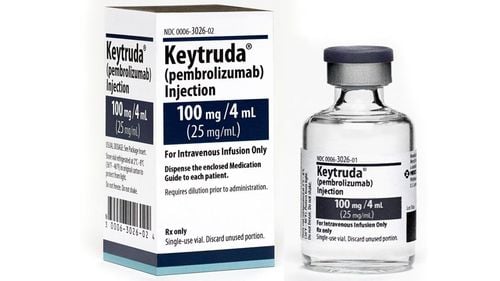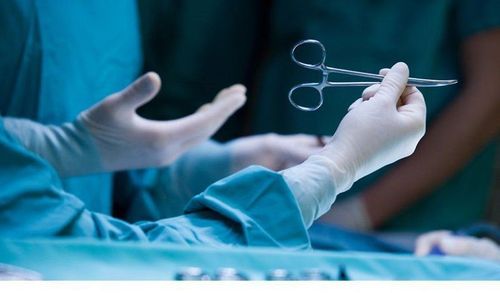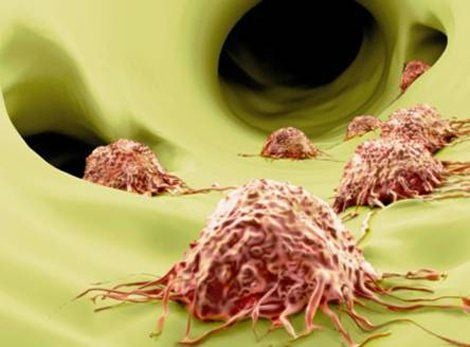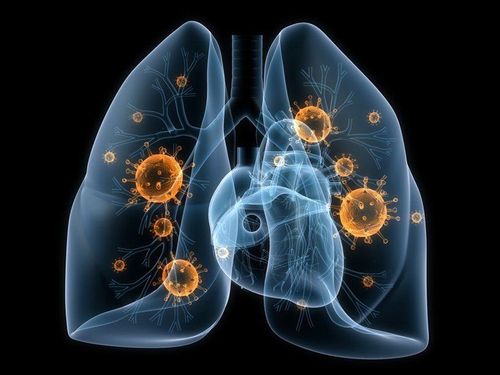This is an automatically translated article.
What is cancer? Cancer occurs when cells in that part of the body begin to grow out of control. Cancer has existed since time immemorial and has appeared throughout human history. Along with advances in many fields, scientists have achieved many achievements in cancer screening, diagnosis and treatment today.
1. Since when did cancer appear?
Humans and other animals have suffered from cancer since recorded history began. So it's no surprise that since the dawn of history people have been writing about cancer. Some of the earliest evidence of cancer is found among fossil bone tumors, ancient Egyptian mummies, and ancient manuscripts. A suggestive growth of bone cancer called osteosarcoma was seen on the mummy. Cranial bone destruction as seen in head and neck cancer has also been found.
The oldest description of cancer (although the word "cancer" is not used) was discovered in Egypt and dates to around 3000 BC. It's called the Edwin Smith Papyrus and is a copy of part of an ancient Egyptian textbook on trauma surgery. This book describes eight cases of breast lumps or sores that were removed by cauterization with a tool called a fire drill. The text about the disease is "There is no cure."
Trắc nghiệm: Thử hiểu biết của bạn về bệnh ung thư
Ung thư là nguyên nhân gây tử vong hàng thứ 2 trên thế giới. Thử sức cùng bài trắc nghiệm sau đây sẽ giúp bạn có thêm kiến thức về yếu tố nguy cơ cũng như cách phòng ngừa bệnh ung thư.
Bài dịch từ: webmd.com
2. The origin of the word cancer
The origin of the word cancer is attributed to the Greek physician Hippocrates (460-370 BC), who is considered the "Father of Medicine". Hippocrates used the terms carcinos and carcinomas to describe both formative and non-ulcerative tumors. In Greek, these words refer to a crab, most likely derived from the two spreading finger-like images from a cancer shaped like a crab. The Roman physician, Celsus (28-50 BC), later translated the two words into cancer. Galen (AD 130-200), another Greek physician, used the word oncos (Greek for swelling) to describe tumors. Although Hippocrates and Celsus' crab analogues are still used to describe malignancies, Galen's term is today used as part of the name given to oncologists, such as oncologists. oncologists.
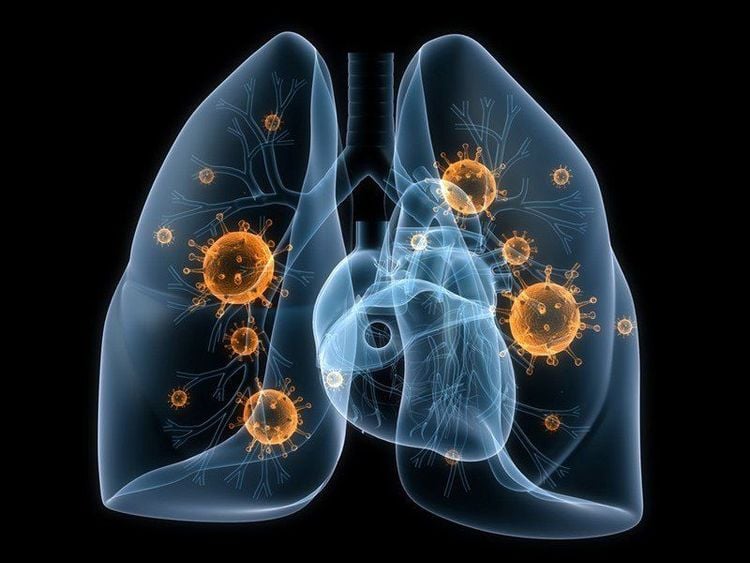
3. Cancer in the 16th to 18th centuries
During the Renaissance, which began in the 15th century, scientists developed a deeper understanding of the human body. Scientists like Galileo and Newton began using the scientific method, which was later used to study disease. An autopsy was performed by Harvey (1628), leading to an understanding of the circulation of blood through the heart and body which until then remained a mystery.
In 1761, Giovanni Morgagni of Padua was the first to do what is now customary, he performed autopsies to link the patient's pathology to the pathological findings after died. This laid the foundation for the science of oncology, the study of cancer.
The famous Scottish surgeon John Hunter (1728-1793) suggested that some cancers could be cured with surgery and described how the surgeon could decide what type of cancer to operate on. If the tumor hasn't invaded nearby tissue and is "movable," he says, "There's nothing inappropriate about removing the tumor."
A century later, the development of anesthesia allowed surgery to flourish and classical cancer surgeries such as radical mastectomy were developed.
4. Cancer in the 19th century
The 19th century saw the birth of the science of oncology with the use of modern microscopes to study diseased tissues. Rudolf Virchow, often called the founder of cellular pathology, provided the scientific basis for the modern pathology of cancer. Morgagni has only recently linked visible autopsy findings to the clinical course of disease, but Virchow has linked microscopic pathology.
This approach not only allows a better understanding of the damage that cancer has caused, but also aids the development of cancer surgery. The body tissues removed by the surgeon can now be examined and diagnosed accurately. The pathologist can also tell the surgeon whether the patient has completely removed the cancer.

5. Cancer in the 21st century
Growth in our knowledge of cancer biology has led to great advances in cancer prevention, early detection and treatment. Scientists have learned more about cancer in the past two decades than they have learned in all the previous centuries. However, this does not change the fact that all scientific knowledge is based on knowledge gained through the hard work and discoveries of its predecessors and we know that, still much more to learn.
Cancer research is evolving on so many fronts that it's hard to choose which ones stand out the most, but here are a few examples:
More targeted therapies: As more is known about molecular biology of cancer, researchers will have more precise treatment targets for new drugs. Along with more monoclonal antibodies and small signal transduction inhibitors, researchers are developing new classes of molecules such as oligodeoxynucleotide antisense and small interfering RNA (siRNA). Research is being done to develop targeted drugs that target proteins produced by specific gene mutations in cancer cells. Immunotherapy: This therapy that targets specific immune checkpoints is being developed to help the body's immune system better destroy cancer cells. More about cancer genetics: Researchers are looking for gene mutations that make certain patients respond better to certain drugs. Nanotechnology: New technology for producing materials that form microscopic particles that make it possible for imaging techniques to more accurately show the location of tumors. The technique also aids the development of new, more specific and effective means of delivering drugs to cancer cells. Robotic surgery: This term refers to the remote manipulation of surgical instruments using robotic arms and other devices controlled by a surgeon. Robotic systems have been used for several types of cancer surgery; Prostatectomy is one of the most common applications in cancer surgery. As mechanical and computer technology improves, some researchers hope future systems will be able to remove tumors more completely and with less damage to the body when a doctor performs surgery. direct. Expression profiling and proteomics: Expression profiling allows scientists to determine the relative output of hundreds or even thousands of molecules (including proteins produced by RNA, DNA or even a cell or tissue) at the same time. Knowing what proteins are present in cells can give scientists a much better understanding of how cells work. In cancer, it can help distinguish more aggressive cancers from less aggressive cancers, and can often help predict which drugs a tumor is likely to respond to. Proteomic methods are also being tested for cancer screening. For most types of cancer, measuring the amount of protein in the blood is not suitable for early cancer detection. But the researchers hope that it may be more useful to compare the relative amounts of many proteins, and that finding large amounts of certain proteins and few others could provide accurate, useful information. benefit on cancer treatment regimens and treatment outcomes. Proteins (and other types of molecules) have even been found in exhaled breath, and now scientists are working on ways to find out if they could show early signs of lung cancer. through proteins. This is an exciting area of research, and early results in lung and colorectal cancer studies have been promising.
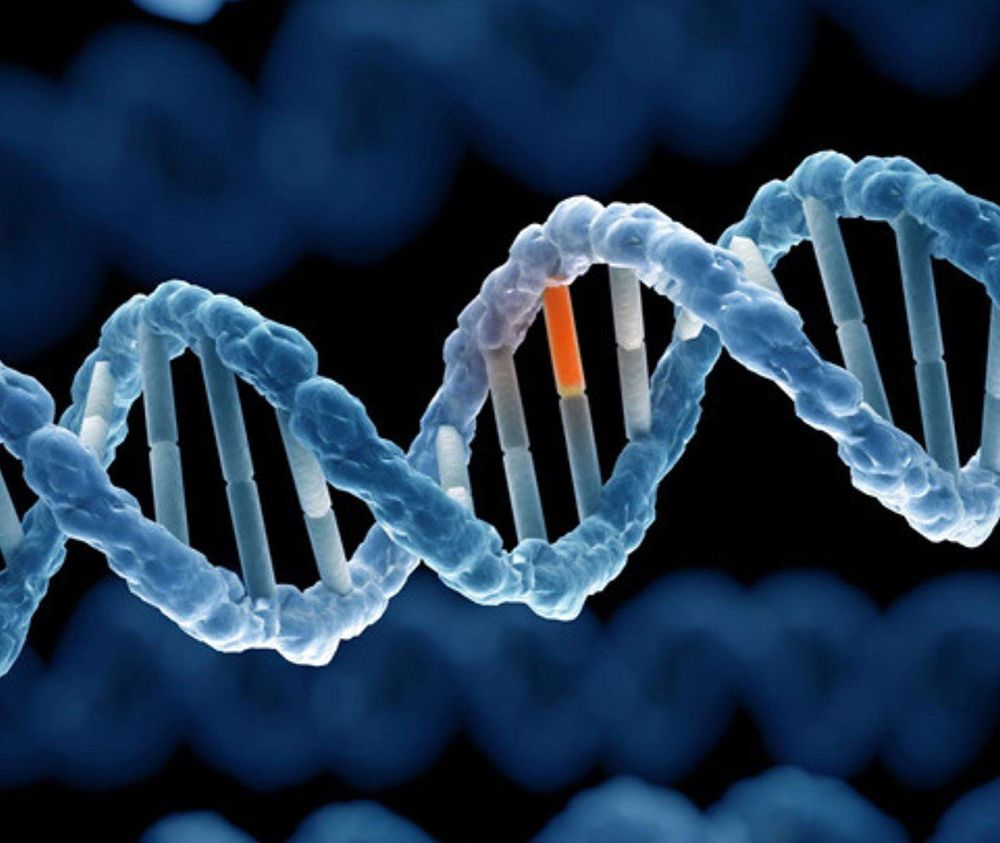
6. The process of developing modern knowledge about cancer etiology
Viral and chemical causes of cancer
In 1915, Katsusaburo Yamagiwa and Koichi Ichikawa at the University of Tokyo, first induced cancer in laboratory animals by applying coal tar to the skin of rabbits. More than 150 years ago, clinician John Hill in London recognized tobacco as a cause of cancer, years later, scientists have "rediscovered" tobacco as a potent chemical carcinogen. greatest destruction known to man.
Today we recognize and avoid many carcinogens: coal and its derivatives (such as benzene), some hydrocarbons, aniline (a substance used to make dyes), asbestos and many others. . Ionizing radiation from various sources, including the sun, is also known to cause cancer. To ensure public safety, the government has set safety standards for many substances such as benzene, asbestos, hydrocarbons in the air, arsenic in drinking water and radiation.
In 1911, Peyton Rous, at the Rockefeller Institute in New York, described a type of cancer (sarcoma) in chickens whose cause was later called Rous sarcoma virus. He was awarded the Nobel Prize for this work in 1968. Several viruses are now associated with human cancers, for example:
Long-term infection with hepatitis B or C virus can lead to Liver Cancer. One of the herpes viruses is the Epstein-Barr virus, which causes infectious mononucleosis and has been linked to non-Hodgkin lymphomas and nasopharyngeal cancer. People infected with human immunodeficiency virus (HIV) have an increased risk of developing certain cancers, especially Kaposi's sarcoma and non-Hodgkin lymphoma. The human papillomavirus (HPV) is associated with many cancers, especially cancers of the cervix, vulva, vagina, anus, and penis. Certain head and neck cancers (mainly of the tongue and tonsils) are also associated with high-risk types of HPV. There is a vaccine available today to help prevent HPV infection. As of 2014, the World Health Organization's International Agency for Research on Cancer (IARC) has identified more than 100 chemical, physical and biological carcinogens. Many of these causes were recognized long before scientists understood much about how cancer develops. Today, studies are uncovering new carcinogens, explaining how they cause cancer, and providing insight into ways to prevent cancer.
By the middle of the 20th century, scientists had the tools they needed to solve some of the more complex problems in chemistry and biology that had previously remained unsolved. James Watson and Francis Crick were both recipients of the 1962 Nobel Prize for work that discovered the exact chemical structure of DNA, which is the basic material in genes.
DNA is considered to be the basis of the genetic code that gives commands to all cells. After learning how to translate this code, scientists were able to understand how genes work and how they can be destroyed by mutations (changes or errors in genes). These modern chemical and biological techniques have answered many complex questions about cancer.
Scientists already know that cancer can be caused by chemicals, radiation, and viruses, and that sometimes cancer runs in families. But as knowledge about DNA and genes increased, they learned that it is damage to DNA by chemicals and radiation or the introduction of new DNA sequences by viruses that lead to the development of cancer. From there, it is possible to pinpoint the exact location of the lesion on a particular gene.
Scientists have found that sometimes defective genes are inherited, and sometimes these inherited genes are faulty at points where certain chemicals also tend to cause damage. In other words, most things that cause cancer (carcinogens) cause genetic damage (mutations) that look a lot like genetic mutations and can lead to the same type of cancer if there are more than one type of cancer. more mutated.
Regardless of how the mutation first begins (congenital or spontaneous), cells develop from mutated cells that result in groups of abnormal cells (called clones, or clones). of abnormal cells). The mutant clones evolved into more malignant clones over time, and the cancer progressed due to more and more genetic damage and mutations. The big difference between normal and cancer tissues is that normal cells with damaged DNA die, while cancer cells with damaged DNA do not. The discovery of this important difference answers many questions that have baffled scientists for years.
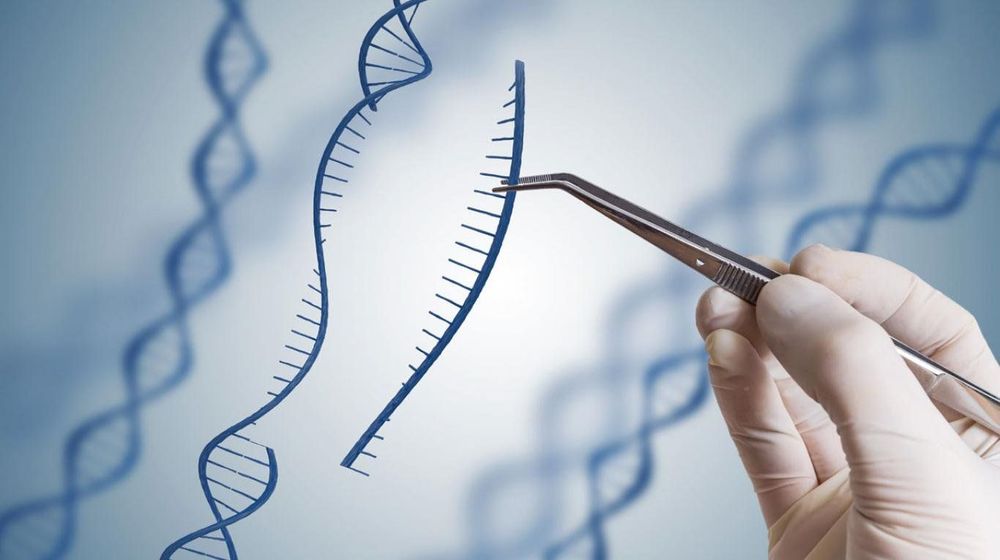
7. Oncogenes and tumor suppressor genes
During the 1970s, scientists discovered two families of genes that are particularly important to cancer: oncogenes and tumor suppressor genes.
Oncogenes: These are genes that cause cells to grow out of control and become cancerous. They are formed by changes or mutations in certain normal genes in cells called proto-oncogenes. Proto-oncogenes are genes that normally control the frequency of cell division and the degree of cell differentiation. Cancer suppressor genes: These are normal genes that slow down cell division, repair faulty DNA, and tell cells when to die. When cancer suppressor genes don't work properly, cells can grow out of control, leading to cancer. Gradually scientists have identified oncogenes and cancer suppressor genes that are destroyed by chemicals or radiation, and these genes, when inherited, can lead to cancer. For example, in the 1990s the discovery of two genes that cause certain breast cancers, BRCA1 and BRCA2, was a big step forward because these genes could be used to identify people at risk of developing breast cancer. high breast letter.
Other genes have been found to be associated with cancers that run in families, such as cancers of the colon, rectum, kidney, ovary, thyroid, pancreas, and skin melanoma. Familial cancers are not nearly as common as spontaneous cancers (cancers caused by DNA damage that take place throughout a person's life). Genetically related cancers account for less than 15% of all cancers. However, it's important to understand these cancers because as genetic research continues to evolve, scientists can pinpoint who is at high risk for the disease.
Once researchers realize the importance of specific genetic changes in cancer, they soon embark on the development of targeted therapies (drugs or substances that interfere with specific molecules) ) to overcome the effects of these changes in tumor suppressor and oncogenic genes.
Early cancer screening is considered a perfect measure in the timely detection and treatment of all types of cancer. Vinmec International General Hospital currently has a high-tech cancer screening and examination package, including genetic testing, imaging, and biomarkers for early tumor detection. A single gene test can assess the risk of 16 common cancers in both men and women (lung cancer, colorectal cancer, breast cancer, pancreatic cancer, cervical cancer) Bowel cancer , stomach cancer , prostate cancer ,....)
Please dial HOTLINE for more information or register for an appointment HERE. Download MyVinmec app to make appointments faster and to manage your bookings easily.
References: cancer.org
MORE:
Cancer surgery methods Targeted therapy can treat what type of cancer? Instructions for reading results in cancer genetic testing




